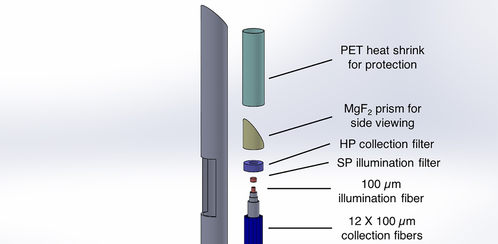A new physical approach to the design of intelligent memory, logic, and cognitive devices for brain-like computation.


A new physical approach to the design of intelligent memory, logic, and cognitive devices for brain-like computation.

Brain organoids model normal human brain development and can be used to answer questions related to development, evolution, and disease.

How the brain’s functional connectivity can be induced in neuromorphic devices to overcome the limitations of conventional silicon technology.

Brain tumors are among the leading causes of cancer‐related deaths, exhibiting poor prognoses with little improvement in outcomes over the past several decades.

A team of Canadian researchers developed and clinically tested a navigation‐guided fiberoptic Raman probe that allows surgeons to interrogate brain tissue in situ at the tip of the biopsy needle prior to tissue removal.

A team of Chinese and American researchers succesfully used near‐infrared spectroscopy (NIRS) for fast and accurate evaluation of brain death.
![Mimicking Brain Connectivity with a Graphene–Carbon Nanotube Web [Video]](https://www.advancedsciencenews.com/wp-content/uploads/2019/01/adma201806132_ASN_image_001.jpg)
A cortex-like, 3D model of the brain can be used to screen drugs against diseases such as malignant glioma infiltration.

Low cost, on-chip, high-resolution imaging to study cellular dymamics of intact brain organoids.

Alexander Klimovich and Thomas Bosch discuss current knowledge on the function of the nervous system in Hydra and the interactions between neurons and microbes.

A hybrid dual‐wavelength optoacoustic biomicroscope is developed to provide better insights into cerebrovascular function and facilitate efficient studies into neurological and vascular abnormalities of the brain.